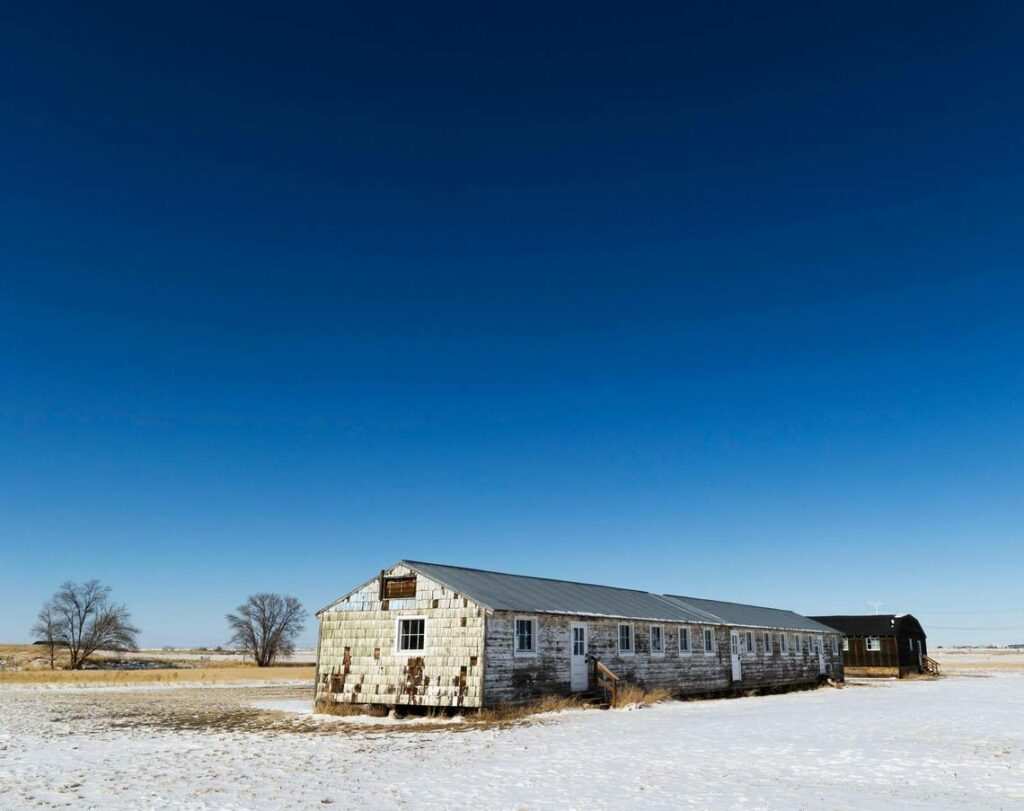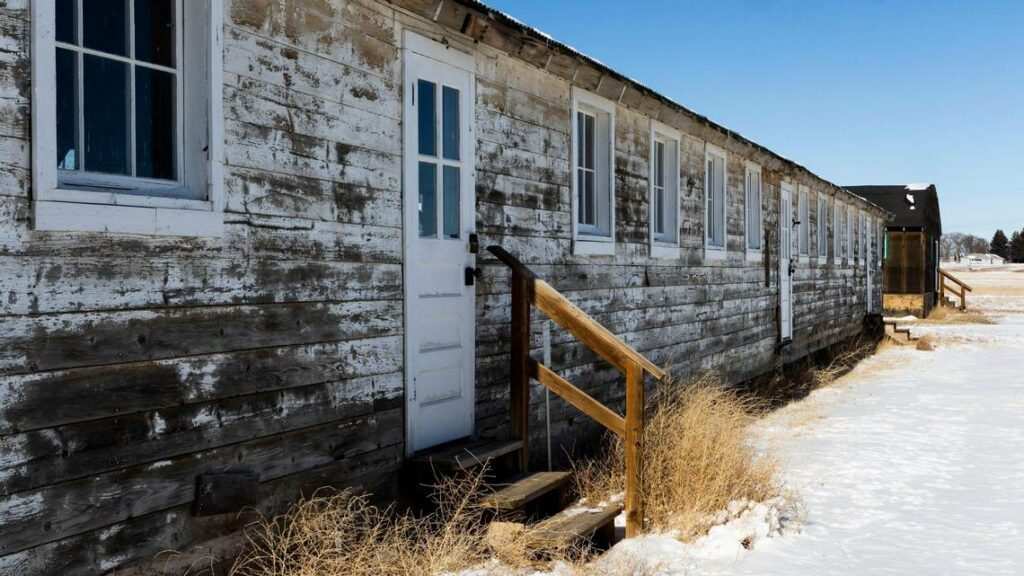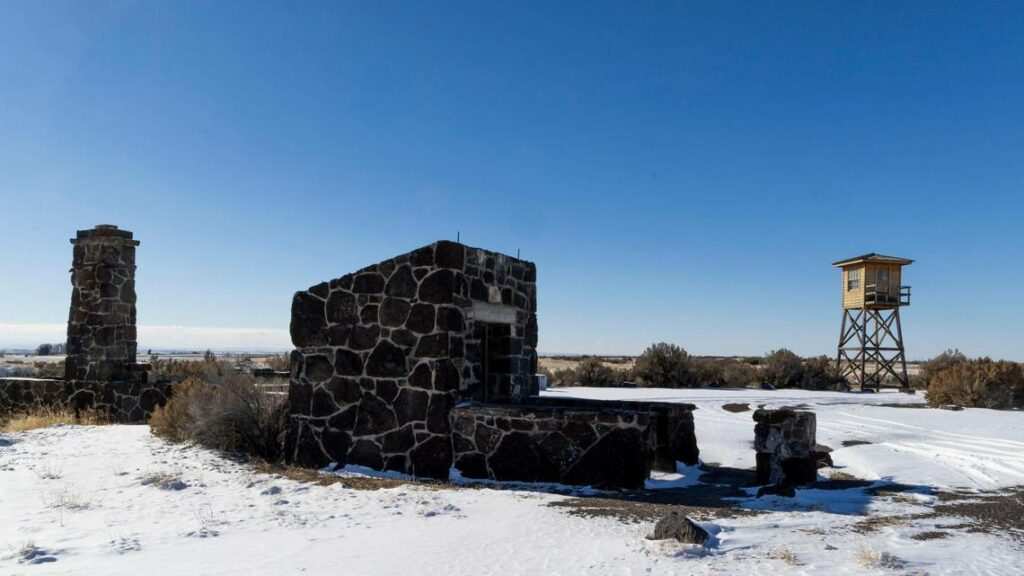It took over two decades for Karen Hirai Olen to truly understand where she’d come from.
She’s an Idaho native — not by her family’s choice, but the government’s — and grew up in the Magic Valley through the mid-1900s.
Hirai Olen’s father, Tom Shinichi Hirai, worked as a farmhand, and she and her siblings attended a small three-room schoolhouse that now stands as the Twin Falls County Historical Museum. It was the kind of small-town school that caused a cultural barrier between the “country kids” and the “city kids,” in Hirai Olen’s words.

Her mother, Dorothy Misao Hirai, often had friends over to talk about the old days. They’d speak in Japanese. That meant Hirai Olen was just a fly on the wall; she spoke excellent English, but her mother never taught her Japanese.
Hirai Olen’s not sure why her mother never taught her Japanese. She has her suspicions, though. One thing is for sure: the language barrier from generation to generation helped protect the younger generation from the knowledge of what her mother always called “the lost years.”
For over two years, starting in the summer of 1942, Dorothy and Tom Hirai were incarcerated at the Minidoka Relocation Center in Southern Idaho.
They were two of approximately 125,000 Japanese natives and Japanese Americans forcibly moved to soldier-guarded camps across the United States between 1942 and 1945 following Japan’s attack on Pearl Harbor during World War II.

Hirai Olen was born in Minidoka. Her parents arrived at the relocation center in rural Idaho after initially being forced to evacuate and live in a horse shed at the Puyallup Assembly Center in their home state of Washington — otherwise known by the family-friendly name of Camp Harmony.
At 79 years old, Hirai Olen is part of a dwindling population that experienced life incarcerated on U.S. soil based purely on their ethnicity.
“I’m always reminded when I turn on to Hunt Road how barren it is,” Hirai Olen told the Idaho Statesman in a recent interview at the Minidoka National Historic Site, which sits on the same spot where she and her parents were once incarcerated.
‘The Lost Years’
Life started to change dramatically for Dorothy and Tom Hirai less than three months after Japanese forces attacked U.S. naval base Pearl Harbor in Hawaii. President Franklin Roosevelt issued Executive Order 9066 on Feb. 19, 1942.

The order authorized the forced removal of Americans of Japanese descent away from the West Coast of the U.S., which was deemed a military area.
For Dorothy and Tom Hirai, that meant leaving their home and jobs in Seattle. It also meant canceling a large wedding they had planned, instead getting married in a small church before two witnesses right before the evacuation took place.
The pair arrived at Minidoka in the summer of 1942; they were two of the first 200 to arrive at the camp, and it was their job to finish building it.
“Minidoka was 33,000 acres large,” Kurt Ikeda, director of interpretation and education at the Minidoka National Historic Site, told the Statesman. “On the outskirts would have been farms and farmland.
“What folks made locally, known as Hunt Camp, was done by the labor, sweat, and the traumatic work of Japanese Americans who were here building the irrigation ditches, farming this land, and preparing it.”

At its largest, Minidoka held 9,000 people of Japanese descent and consisted of 640 buildings. It was the equivalent of the seventh-largest city in Idaho at the time, according to Ikeda. In the winter, captives had to brave the snow and cold winds to go to the bathroom or get from the residential blocks to the mess hall to eat.
According to Leonard Arrington’s book “History of Idaho,” and previous Statesman reporting, the flimsy barracks were made from tar paper, and mud around the camp would get so thick in the winter that children and small adults would often sink up to their knees.
Hirai Olen was born in the summer of 1943 in the camp hospital and lived in Minidoka until December 1944, when her father got a job as a local farmhand and moved the family out of the camp. Before leaving the camp, he would have been one of the thousands of incarcerated Japanese Americans working for local farms to harvest sugar beets.
Having moved out of the camp at 18 months old, Hirai Olen doesn’t remember much of her time there. But according to Ikeda, children would spend their time dancing and playing marbles or jumping rope — all while surrounded by the eight watch towers that looked over the camp.
The War Relocation Authority was in charge of taking custody of Japanese Americans, relocating them and overseeing their incarceration. The War Relocation Authority was also in charge of education and implemented “Americanization” classes as part of the curriculum, according to the Digital Public Library of America. These classes would focus on indoctrinating younger Japanese Americans with “American values” to ensure their loyalty and assimilation following the war’s conclusion, according to the digital public library.
“For young folks, it would be a very confusing time,” said Ikeda, whose grandfather was incarcerated at camps in Arizona and Texas. “It would be going to school here in the camp in a cramped barrack room and learning about freedom and not seeing it here. It would be news of hearing about your older sibling going off to war, fighting for freedom, and not having it here.
“It would be being in the Boy Scouts and learning to salute the American flag or how to fold a flag. But also asking yourself, ‘What does it mean to be American?’ ”
‘We had no clue’
It wasn’t until her 20s that Hirai Olen learned the full extent of what happened at Minidoka. Her parents had always kept the knowledge from her, and the years spent at Minidoka were rarely spoken about.
“I think that with the harm that was done to the incarcerees,” Hirai Olen said, “I don’t know if it was shame, or fear, or uncertainty.”
Hirai Olen remembers when she was younger after Minidoka had closed, sometimes her parents would load her and her siblings into the car and drive to the camp. By then, all that was left was a giant patch of land, an old watch tower and an old basalt building.
“We had no clue,” she said. “I mean, we were either the dumbest kids or the most naive kids. But nobody, not even my high school friends, we didn’t talk. Nobody talked about camp.”
After graduating from Idaho State University, Hirai Olen moved to California to work for Los Angeles County. During her 20s, in the 1960s, she volunteered to go on a pilgrimage to the Manzanar incarceration camp — a camp near Death Valley National Park where over 11,000 people of Japanese descent were incarcerated.
“I never understood until then what the incarceration was,” Hirai Olen said.
But it wasn’t until 2006, when Hirai Olen moved back to Idaho to be with her mother, that she convinced Dorothy to attend a pilgrimage to Minidoka.
For one of the few times in Hirai Olen’s life, she heard her mother talk about being relocated and incarcerated.
“The pilgrimages brought people back here. And, you know, when you suffered trauma, and this was group trauma, coming back to the site of the trauma is very difficult,” Hirai Olen said. “But the Niseis were ready to do that at this point. And then on the later pilgrimages, they were bringing their whole families.”
Hirai Olen’s grandparents were also incarcerated, and their names are immortalized on a plaque in the visitor’s center of the Minidoka National Historic Site. They’re called the Issei — the first and oldest generation of Japanese Americans incarcerated. Tom and Dorothy Hirai are part of the Nisei (the second generation), and Hirai Olen is part of the Sansei (the third generation).
Hirai Olen hopes her generation continues to embark on pilgrimages to the sites of old incarceration camps. Minidoka, which was made a national monument in 2001 and earned national historic site status in 2008, sees over 200 people make pilgrimages each summer.
She also hopes the visitor centers at camps across America will continue to help teach people what happened to Japanese Americans during World War II.
“I think my generation really didn’t know about Minidoka. But we’re supporting the restoration,” Hirai Olen said. “I think it’s important for Sansei, my generation, to make sure the value of Minidoka is perpetuated. Because otherwise, my parents and grandparents’ struggles are being defined as worthless.”
___
© 2023 The Idaho Statesman
Distributed by Tribune Content Agency, LLC.



